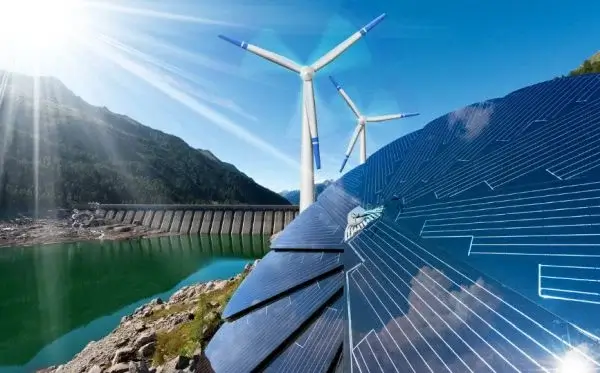Europe has pledged to rapidly phase out Russian fossil fuels in response to the war in Ukraine, raising already ambitious decarbonisation targets as part of a concerted effort to end dependence on Russian gas by 2027.
However, in the short term, carbon emissions in Europe could increase due to the shutdown of nuclear reactors and the shift to burning more coal due to rising gas prices.
With disruptive inflation and disruption to supply chains also factors in the medium term, S&P Global Commodity Insights assesses the challenges currently facing the energy transition as the conflict approaches its 100th day.
Infrastructure
The 18 May REPowerEU program raises the 2030 target for the share of renewables in final energy demand to 45% from 40% set by the Fit for 55 program, based on optimistic assumptions of streamlined permits, robust supply chains and extensive expanding the network.
An analysis by S&P Global Commodity Insights shows that to meet REPowerEU targets, annual solar capacity growth would need to average 47 GW between 2022 and 2030. In 2021, 25.9 GW of new solar panels were installed across the EU-27, a long-term high after average installations of 11.6 GW/year in 2010-2019. and 18.2 GW in 2020
According to the industry association Eurelectric, Europe's aging electricity distribution networks need investments of between 375-425 billion euros by 2030, up 70% from the previous decade, to introduce new renewable energy sources. This assessment was made prior to the increase in REPowerEU targets.
Coastal wind encounters stubborn permissive barriers. WindEurope predicts that 15 GW of wind turbines will be installed annually in the EU by 2025. To achieve the 55% emission reduction target, 27 GW per year is required. Germany added 1.9 GW of wind power in 2021. The country's climate goal by 2030 calls for an average addition of about 5 GW per year.
The withdrawal of Russian gas, as well as nuclear power outages in France, created a short-term risk of increased emissions from increased coal-fired electricity production in Europe
Coal production in April increased by 27% year-on-year in the top five European countries, with Germany being the largest consumer, and increased by 20% in January-April compared to the same period last year.
p>EU ETS CO2 emissions rose by 7.3% in 2021 compared to 2020 levels due to high natural gas prices bringing coal-fired plants back on track, as well as economic recovery from the pandemic.
Trade flows
REPowerEU doubles the EU's target for renewable hydrogen production by 2030 to 10 million tons per year, requiring about 80 GW of electrolysis with an additional 10 million tons per year in imports. The UK has followed suit by doubling its low-carbon hydrogen production target to 10 GW by 2030, with half of that coming from electrolysis.
According to S&P Global analysts, Europe produces about 7 million tons of conventional hydrogen per year, which is mainly used for processing and fertilizer production and is mainly derived from fossil fuels, which corresponds to an estimated natural gas consumption of 29.7 billion cubic meters per year .
S&P Global is tracking about 9 million tons per year of low or zero carbon hydrogen projects due to be completed by 2030.
The European Commission has called for an increase in the share of renewable energy sources for hydrogen used in industry to 75% by 2030, as well as 5% for renewable non-biological origin fuels (RFNBO) in transport.
Analysts at S&P Global said the EU's hydrogen targets are "desirable" and unlikely to be met, necessitating further LNG imports to the continent.
The EU has outlined partnerships for the import of hydrogen and its derivatives from the Mediterranean region, Ukraine and the Middle East.
Green hydrogen imports could start in 2024, when Germany expects the first batch of green ammonia under its H2Global import scheme. The EC has stated that the import structure can be based on H2Global.
More recently, Ukraine aimed to develop up to 10 GW of renewable hydrogen production capacity by 2030, of which 7.5 GW are intended for export to the EU, and the rest are consumed domestically.
President of the Ukrainian Hydrogen Council Oleksandr Repkin said on April 13 that Ukraine and the EU can lay the groundwork for preparing for a post-war




